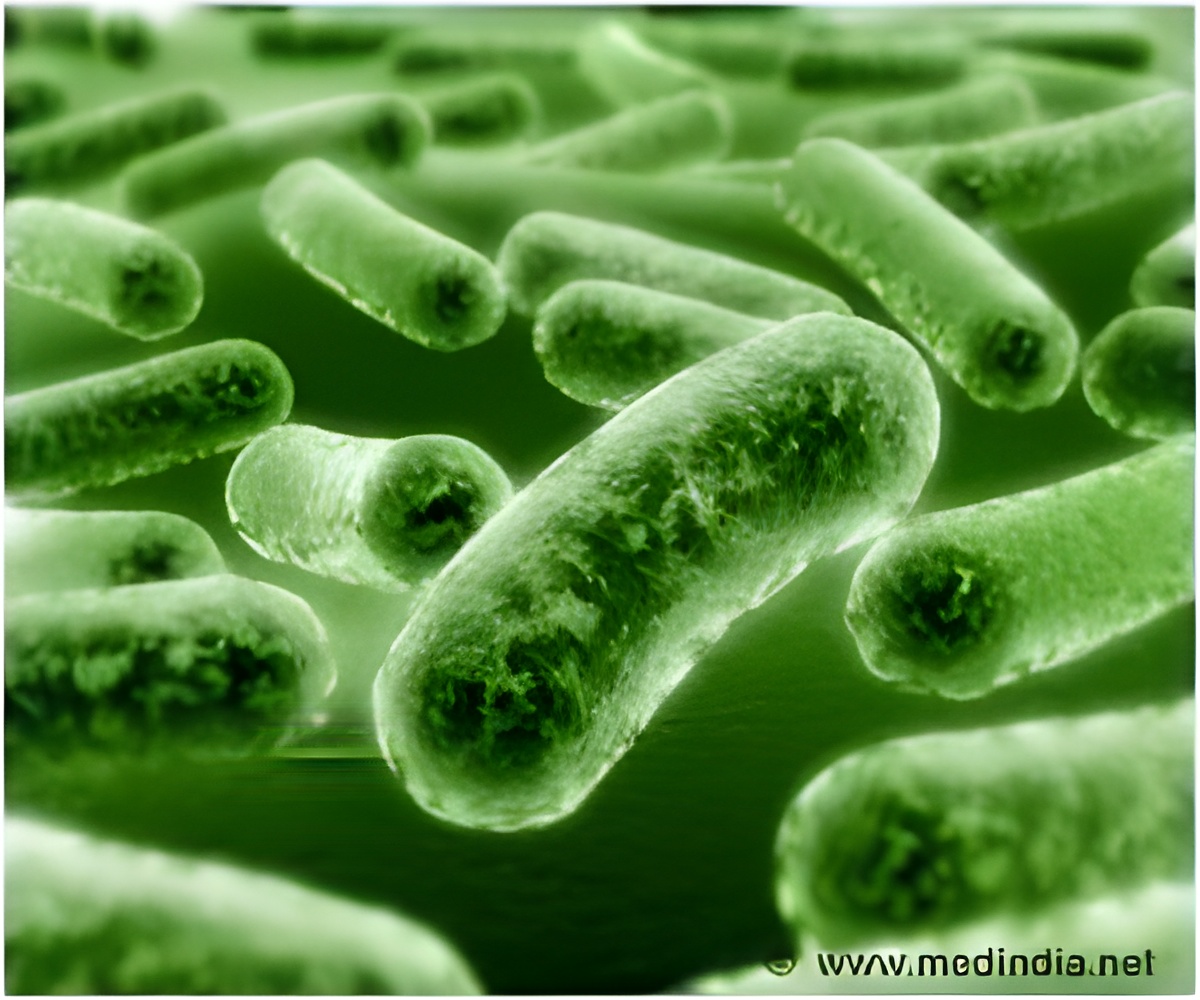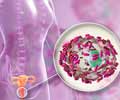Instead of lead or cadmium, mobile phones in the future could harbor a virus that can convert mechanical energy into electric energy to charge the phones.

The virus possesses a property known as piezoelectricity, which means that it can translate mechanical energy into electrical energy.
The researchers believe that the discovery could one day pave the way for mobile phones that could be charged while people walked and replace the toxic piezoelectric elements that are already used in mobile phones, the Daily Mail reported.
Most cell phone microphones are piezoelectric because they need to convert energy from sound waves into electrical output that can be transmitted and then translated back into sound waves at the other end of the line.
According to bioengineer Seung-Wuk Lee, these piezoelectric components are made out of heavy, toxic metals such as lead and cadmium.
However, many biomolecules such as proteins and nucleic acids are also known to be piezoelectric.
Advertisement
Lee and his colleagues found that the pencil-shaped M13 is potentially a perfect energy source because the virus is not harmful to humans.
Advertisement
The shape of the virus is important because it can be easily assembled into thin sheets.
To improve the electricity generating power of the virus, Lee's team tweaked the amino acid content of their outer protein coat by adding four negatively charged glutamate molecules.
The team then stacked sheets of viruses on top of one another to amplify the piezoelectric effect.
The researchers found that when they attached a one square centimetre virus film to a pair of gold electrodes and pressed firmly on one of those electrodes, the film produced enough electricity to light up a liquid crystal display of the number 1.
The result was 400 millivolts of power, or about one quarter of AAA battery's energy.
Lee believes that this shows that biomaterial piezoelectrics are feasible.
Source-ANI










